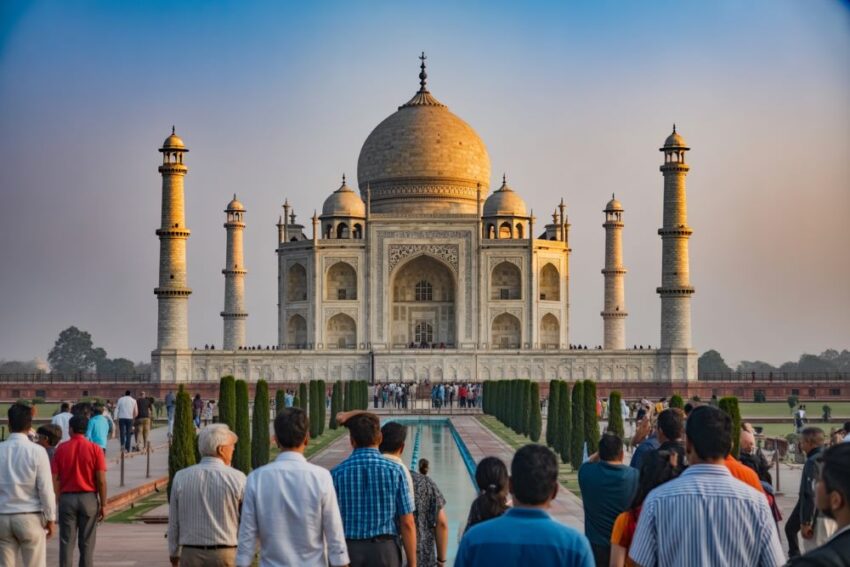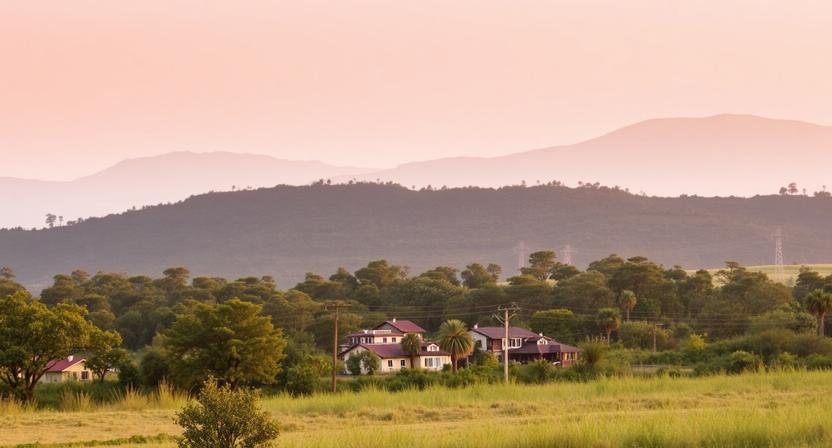Ensure access to affordable, reliable, sustainable and modern energy for all
The UN explains: "Energy is central to nearly every major challenge and opportunity the world faces today. Be it for jobs, security, climate change, food production or increasing incomes, access to energy for all is essential.
Transitioning the global economy towards clean and sustainable sources of energy is one of our greatest challenges in the coming decades. Sustainable energy is an opportunity – it transforms lives, economies and the planet."
More information on energy access and sources can be found at the Our World in Data entries on Energy Production & Changing Sources, Renewables, and Fossil Fuels.
The UN has defined 5 Targets and 6 Indicators for SDG 7. Targets specify the goals and Indicators represent the metrics by which the world aims to track whether these Targets are achieved. Below we quote the original text of all Targets and show the data on the agreed Indicators.
How is the world doing on this goal?
Target 7.1: Universal access to modern energy
UN definition: By 2030, ensure universal access to affordable, reliable and modern energy services.
Access to electricity
Definition: Indicator 7.1.1 is the proportion of population with access to electricity.
This is measured as the share of people with electricity access at the household level. It comprises electricity sold commercially, both on-grid and off-grid.
Goal: By 2030 ensure universal access to affordable, reliable and modern energy services.
This requires universal access to electricity by 2030.
More research: Further data and research on this topic can be found at the Our World in Data entry on Energy Production & Changing Energy Sources.
Additional charts:
Electricity access, urban vs. rural
Number of people with and without electricity access
Power outages
Access to clean fuels for cooking
Definition: Indicator 7.1.2 is the proportion of population with primary reliance on clean fuels and technology.
This is measured as the share of the total population with access to clean fuels and technologies for cooking. Access to clean fuels or technologies such as clean cookstoves reduce exposure to indoor air pollutants, a leading cause of death in low-income households.
Goal: By 2030 ensure universal access to affordable, reliable and modern energy services.
This requires universal access to clean fuels and technologies for cooking by 2030.
More research: Further data and research on this topic can be found at the Our World in Data entry on Indoor Air Pollution.
Additional charts:
Electricity access, urban vs. rural
Number of people with and without electricity access
Power outages
Target 7.2: Increase global percentage of renewable energy
UN definition: By 2030, increase substantially the share of renewable energy in the global energy mix.
Renewable energy
Definition: Indicator 7.2.1 is renewable energy share in the total final energy consumption.
This is measured as renewable energy (inclusive of solar, wind, geothermal, hydropower, bioenergy and marine sources) as a share of final (not primary) energy consumption. Energy mix includes electricity, transportation and cooking/heating fuels.
Goal: By 2030, increase substantially the share of renewable energy in the global energy mix.
More research: Further data and research on this topic can be found at the Our World in Data entries on Energy Production & Changing Energy Sources and Renewables.
Additional charts:
Electricity share by fuel source
Target 7.3: Double the improvement in energy efficiency
UN definition: By 2030, double the global rate of improvement in energy efficiency.
Energy efficiency
Definition: Indicator 7.3.1 is energy intensity measured in terms of primary energy and GDP.
This is measured as the energy intensity of economies (collectively across all sectors). Energy intensity is measured as the quantity of kilowatt-hours produced per 2011 international-$ of gross domestic product (kWh per 2011 int-$).
Goal: By 2030, double the global rate of improvement in energy efficiency.
More research: Further data and research on this topic can be found at the Our World in Data entry on Energy Production & Changing Energy Sources.
Additional charts:
Energy intensity by sector
Target 7.A: Promote access, technology and investments in clean energy
UN definition: By 2030, enhance international cooperation to facilitate access to clean energy research and technology, including renewable energy, energy efficiency and advanced and cleaner fossil-fuel technology, and promote investment in energy infrastructure and clean energy technology.
Access and investments in clean energy
Definition: Indicator 7.A.1 is international financial flows to developing countries in support of clean energy research and development and renewable energy production, including in hybrid systems.
Goal: Enhance international cooperation to facilitate access to clean energy research and technology, including renewable energy, energy efficiency and advanced and cleaner fossil-fuel technology, and promote investment in energy infrastructure and clean energy technology by 2030.
Target 7.B: Expand and upgrade energy services for developing countries
UN definition: By 2030, expand infrastructure and upgrade technology for supplying modern and sustainable energy services for all in developing countries, in particular least developed countries, small island developing States and landlocked developing countries, in accordance with their respective programmes of support.
Expanding energy services for developing countries
Definition: Indicator 7.B.1 is investments in energy efficiency as a proportion of GDP and the amount of foreign direct investment in financial transfer for infrastructure and technology to sustainable development services.
Goal: Expand infrastructure and upgrade technology for supplying modern and sustainable energy services for all in developing countries by 2030.


























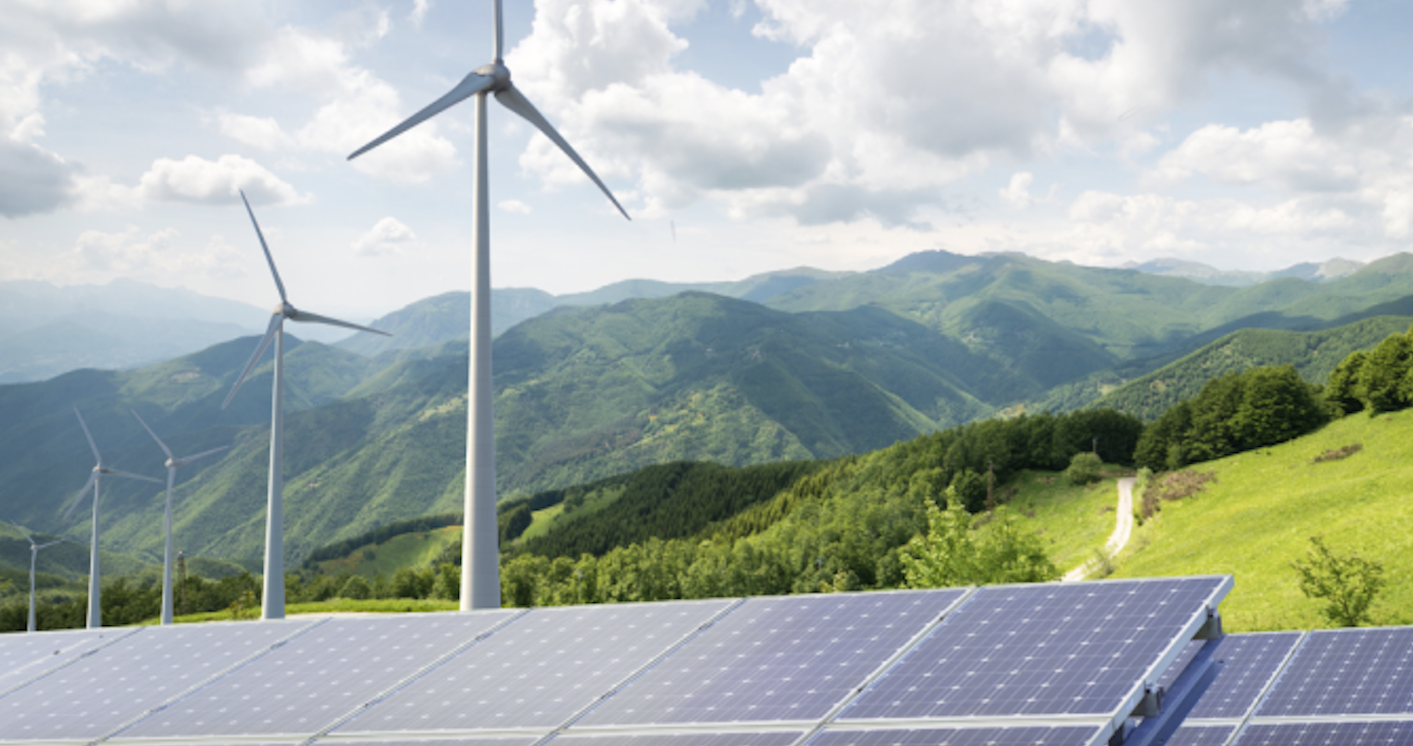



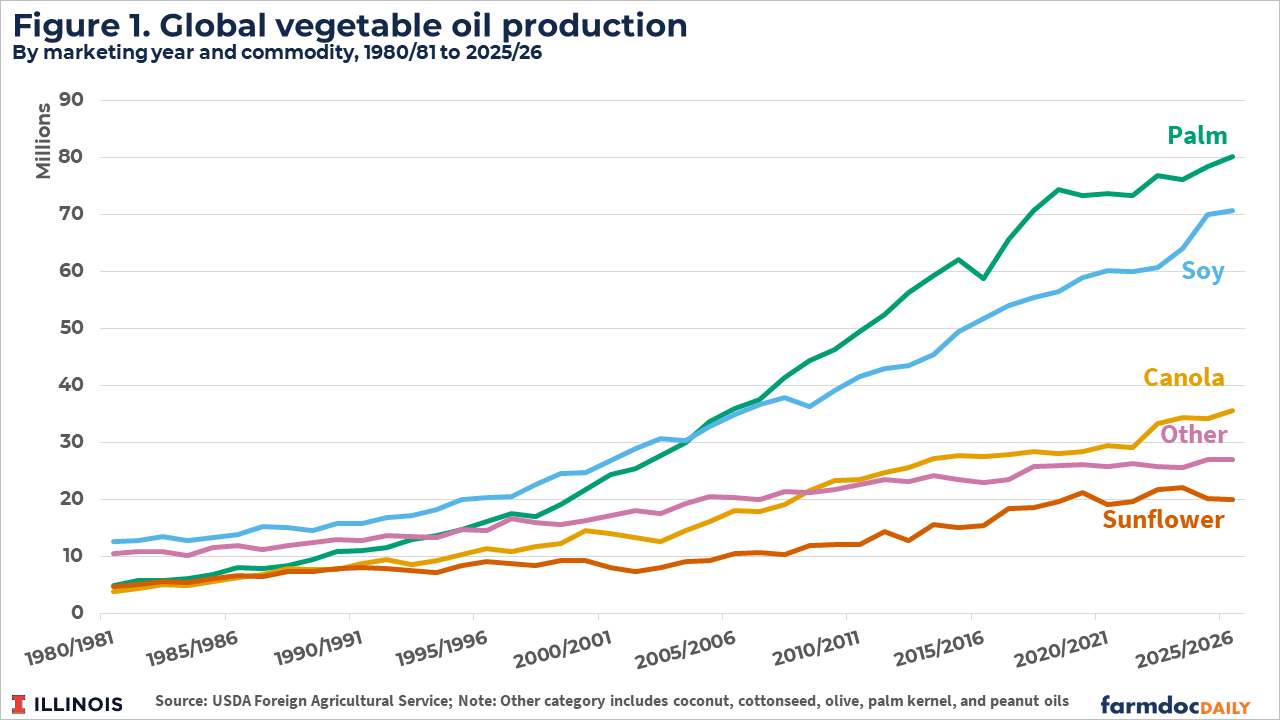
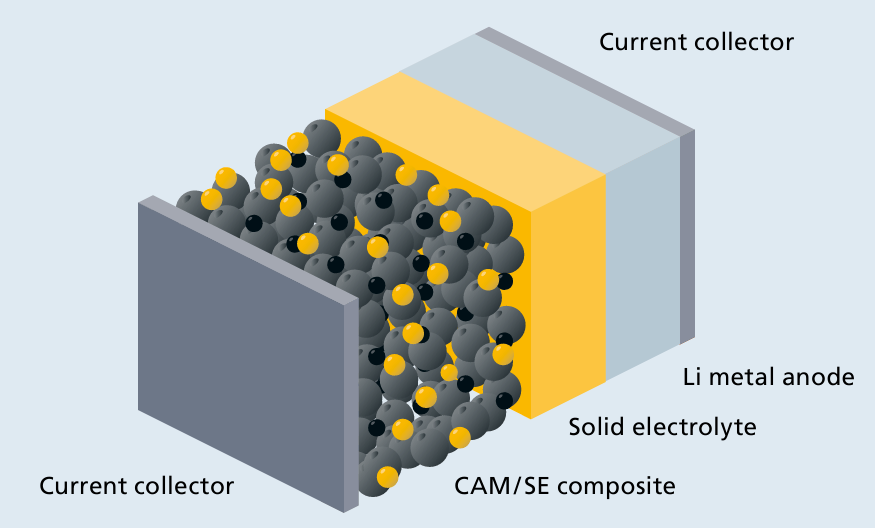


















.jpg.webp?itok=0ZsAnae9#)




/environment-climate-change-and-health-(ech)/water-sanitation-hygiene-and-health-(wsh)/landfill-tuvalu-36092.tmb-1200v.jpg?sfvrsn=5c21fe40_1#)


